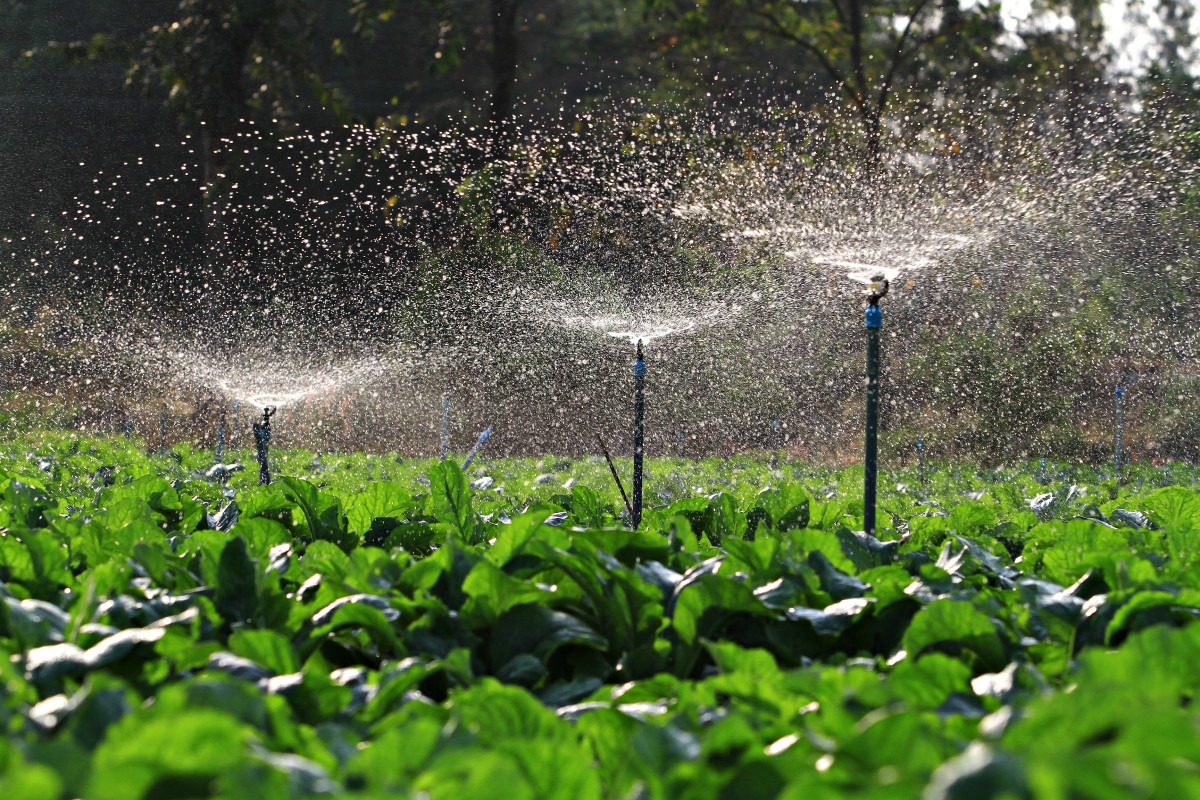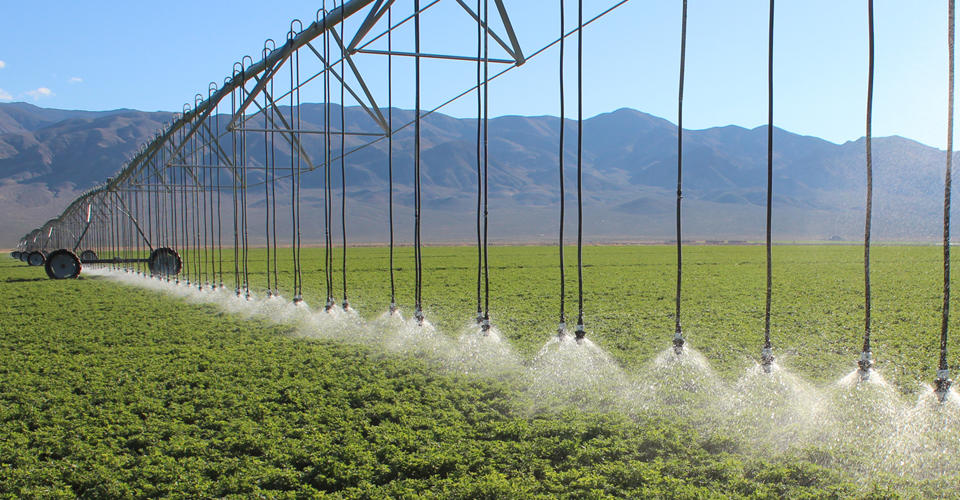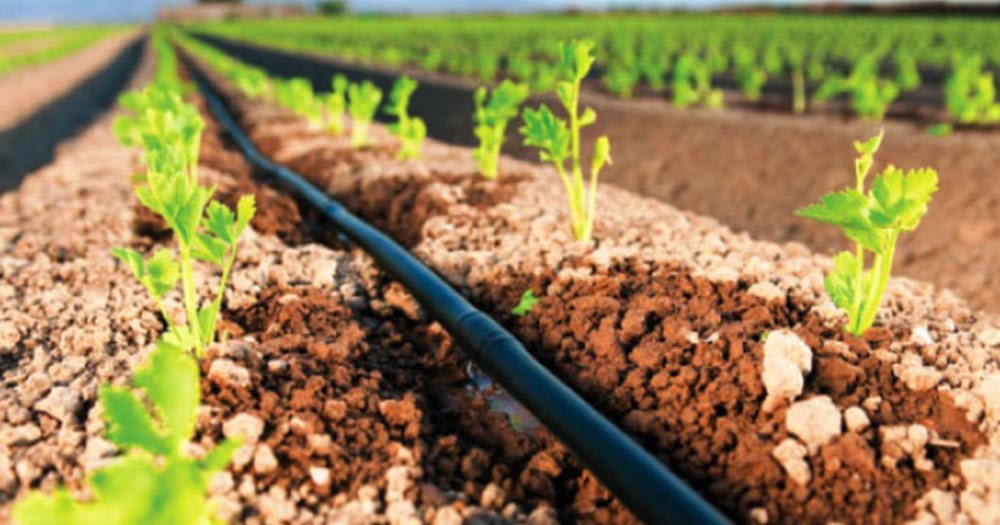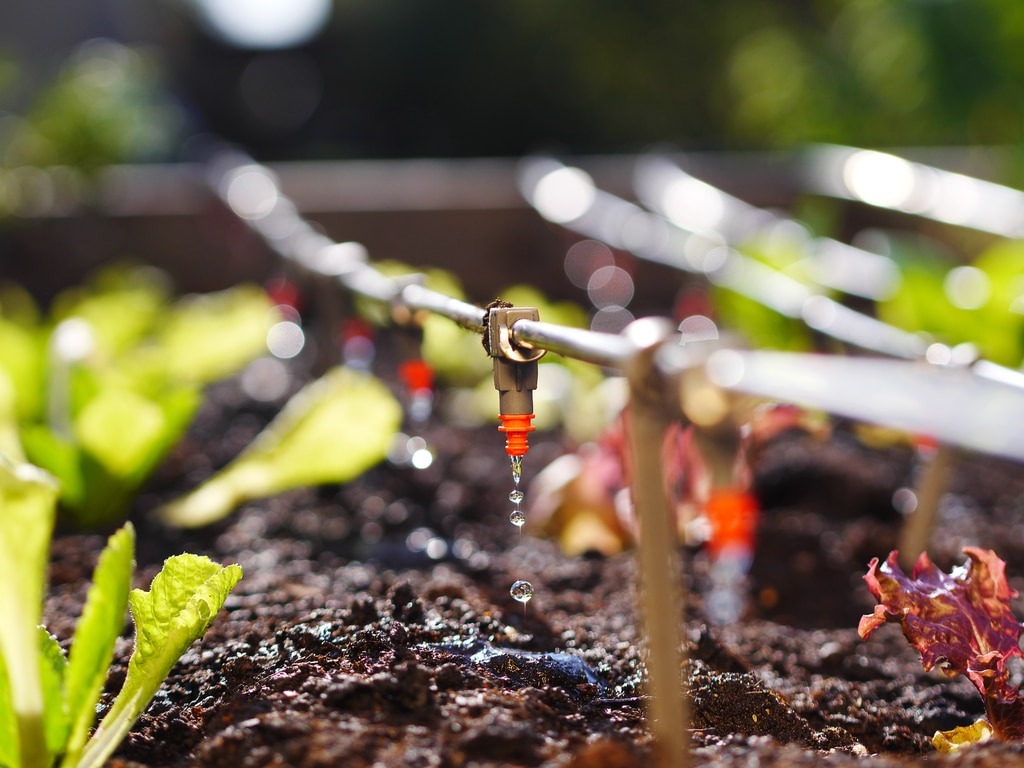Irrigation System
- Home
- Solutions
- MEP Solutions
- Irrigation System

Irrigation is a system of supplying land or field with water by means of artificial canals, ditches, piping system or other routing methods to promote the growth of food crops or plants in agricultural settings.
The system relies on proper route planning and land assessment to determine what type of irrigation system is to be used. Land soil, the location’s weather year-round, the crops or plants being grown, and the geographical location of the land being irrigated are all factors to be considered.
When water supplies are readily available, irrigation can improve crop yield and production substantially. Irrigation systems come in different types that are suited to different soils, climates, crops and resources. There are three main types of irrigation systems: surface, overhead and drip, with varying methods in between that provide different outcomes.
The main types of irrigation system used are as follows;
- Surface irrigation system.
- Localized irrigation system.
- Drip irrigation system.
Subtypes included are;
- Sprinkler irrigation.
- Center irrigation.
- Lateral irrigation.
- Sub-irrigation.
- Manual Labor irrigation.

Surface irrigation
This system utilizes gravity to distribute water across the land with no pump or any eternal system. This is perfectly suitable for water with sediments loads too high for overhead or drip. A downside is that it is not suited to highly sandy soils with high infiltration and the irrigation is uniformed across the land yet not controllable. This is suited to areas with unlimited water supply source and little to no wind.
Other factors include;
- Not suited for fertigation.
- No limitation on what fertilizer is used.
- Germination not limited by water.
- Foliage is much less susceptible to fungal diseases.
- Weeds get as much water as crop.
- Lowest cost yet initially labor intensive.

Localized (Overhead) irrigation
Water is distributed to each plant individually by using a pipe network operating at low pressure. This type of irrigation system can be used with any soil type, yet it could lead to water patches and uneven distribution. Like the surface irrigation method, this system can be used with an unlimited water supply and little wind. The installation of such a system requires a degree of know-how to install, run and maintain effectively. A specified field shape is occasionally needed to install the sprinklers pivot locations.
Other factors include;
- Soils easily eroded if water pools.
- Salts may be taken out of roots easier.
- Soil can be fertigated but involves nutrient wastage.
- No limitation on type of fertilizers and biocides.
- Germination generally not limited by water.
- Foliage gets wet and encourages disease in some crops.
- High investment costs, and relatively high labor and energy costs to maintain.

Drip irrigation
A localized irrigation type where water is directly dripped onto the roots of plants. This minimizes water evaporation and overflow. This type of irrigation is the most water-efficient because it minimizes lost water to evaporation and wind. It is also suited for any soil type and with limited water supply. This solution is perfect for uniformly irrigating any land. High wind locations can benefit from it as well as the resulting evaporation is kept at a minimal. A constant cleanup and unclogging of lines are needed to maintain the effectiveness of the system and the agriculture setting.
Other factors include;
- Soil erosion minimized.
- Salinity problems may occur.
- Foliage remains dry and less susceptible to fungal disease.
- Weeds minimized as water targets crop.
- Highest investment and replacement costs.
